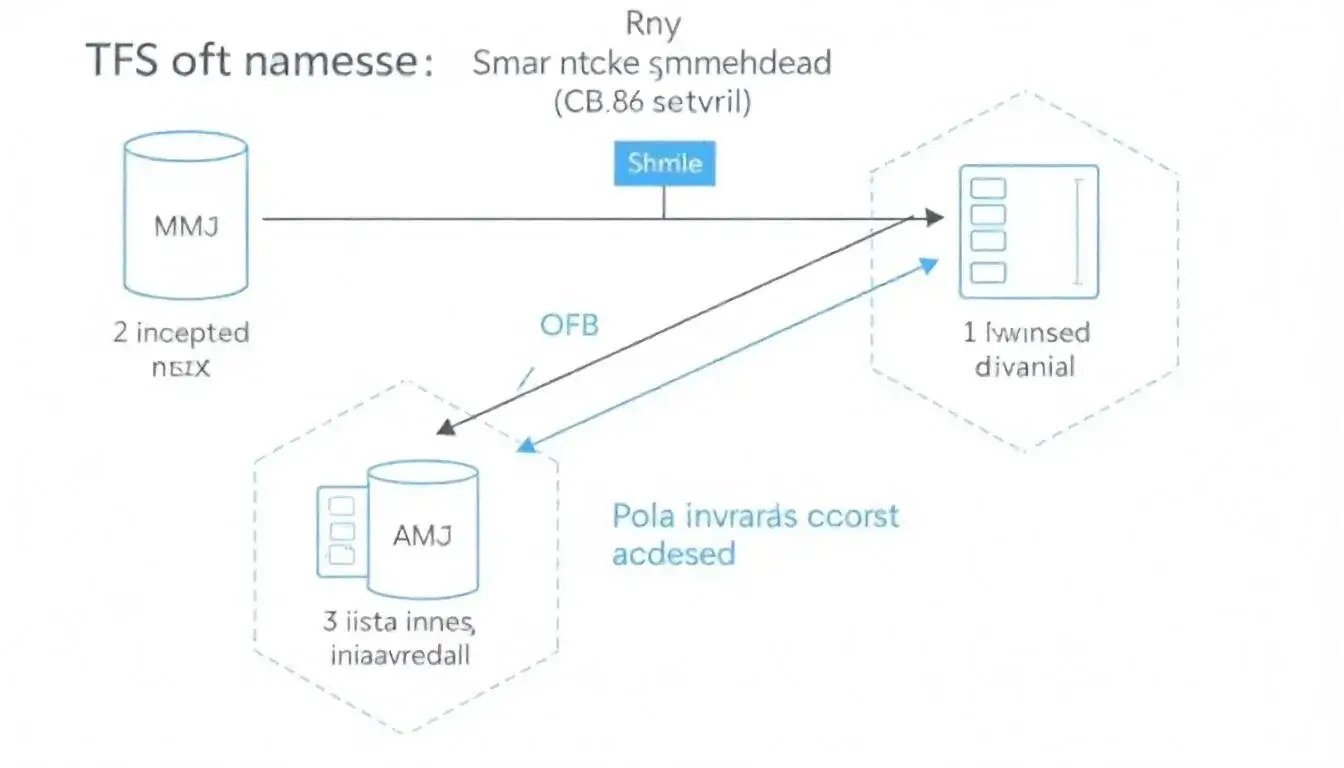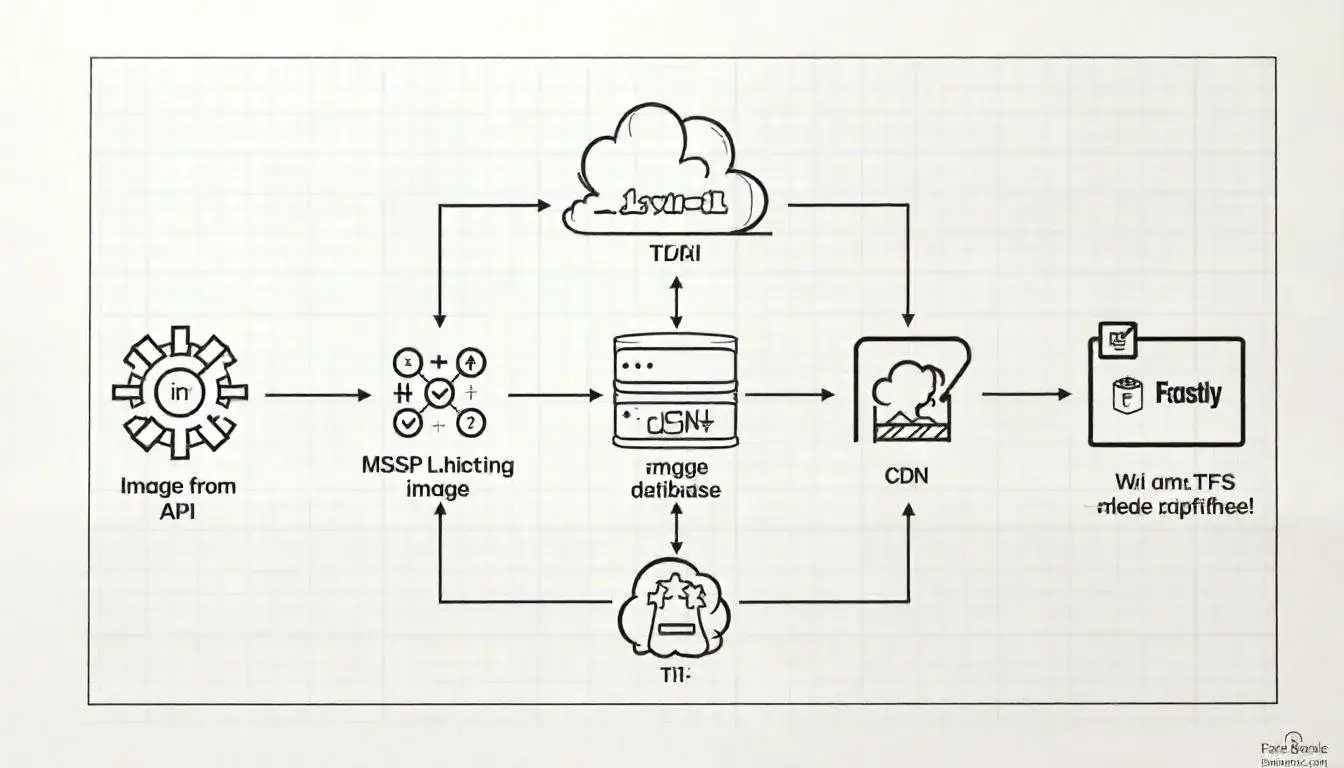The Taobao File System (TFS) is a purpose-built distributed file system designed to meet the demands of Taobao’s massive e-commerce infrastructure. At the core of its functionality lies the ability to handle billions of small files—primarily product images—efficiently.
This article provides an in-depth look at how TFS supports large-scale image storage and processing, using a flat file structure, custom metadata handling, and high-throughput architecture.
It explains how TFS maintains performance, consistency, and scalability for Taobao’s data-intensive operations. Whether you’re a systems architect, developer, or a tech enthusiast, this guide simplifies TFS fundamentals and showcases how it empowers one of the largest marketplaces in the world.
Introduction to Taobao File System (TFS)
What is the Taobao File System?
The Taobao File System (TFS) is a distributed file system developed by Alibaba Group to support the growing needs of Taobao.com, one of the world’s largest online marketplaces. Unlike traditional file systems, TFS is optimized specifically for storing and managing billions of small files like thumbnails, user-uploaded product images, and other static assets.
Why a Specialized File System for Images?
Standard file systems are inefficient at handling large volumes of small files, often leading to I/O bottlenecks, poor space utilization, and metadata overhead. TFS was designed to:
- Handle massive quantities of small files
- Provide low-latency access
- Reduce metadata complexity
- Optimize for high availability and horizontal scalability
Architectural Design of TFS

Flat File Structure
TFS employs a flat file namespace structure to avoid hierarchical directory traversal, which is inefficient for massive-scale operations. This simplifies lookups and accelerates access times.
Benefits:
- Faster metadata access
- Easier file placement logic
- Simplified load balancing
Chunk and Block Layout
TFS divides files into fixed-size blocks and groups them into larger logical chunks, which are then stored across distributed nodes.
Data Nodes:
- Store physical file blocks
- Handle replication and load balancing
Metadata Nodes:
- Maintain file location and mapping
- Manage file IDs and access permissions
Metadata Handling in TFS
Unlike traditional file systems that store complex metadata, TFS minimizes metadata overhead by using lightweight identifiers and an object-based approach. File metadata includes:
- File ID
- Block location
- Timestamps
This allows for faster metadata queries and reduces the load on metadata servers.
How TFS Powers Image Storage in Taobao
Scale of Taobao’s Image Infrastructure
Taobao serves billions of product listings and updates millions of product images daily. TFS enables:
- Quick upload and retrieval
- Image de-duplication
- Fast scaling during high-traffic sales periods (e.g., Singles’ Day)
Storage Optimization Techniques
Small File Aggregation
TFS combines many small files into larger container files to reduce inode pressure and disk fragmentation.
Content Hashing
Content-based hashing helps eliminate duplicates and ensures data integrity.
Compression
Image compression techniques are applied in the storage pipeline to reduce storage footprint without compromising quality.
Performance and Throughput

Write Optimization
- Buffered writes to minimize disk I/O
- Asynchronous commit architecture for speed
Read Optimization
- Cache layer integration
- Content Delivery Network (CDN) acceleration
Load Balancing and Failover
- Files are replicated across nodes
- Hotspots are avoided through dynamic traffic routing
Use Cases of TFS in Image Processing
Real-Time Image Rendering
TFS supports Taobao’s dynamic product image rendering by allowing microservices to retrieve and manipulate images in real time.
AI-Powered Image Tagging
Stored images in TFS are processed using Alibaba’s AI tools for tagging, classification, and recommendation engines.
Watermarking and Resizing
TFS stores various versions of the same image—original, thumbnail, resized, watermarked—without redundant storage.
Security and Integrity
Data Validation
Checksum mechanisms ensure data consistency across replicas.
Access Control
Permissions and access levels are enforced through integration with Taobao’s internal authentication systems.
Secure Transfers
Data in transit is encrypted using SSL/TLS protocols.
TFS vs Other Distributed File Systems
Comparison with HDFS (Hadoop File System)
| Feature | TFS | HDFS | |——–|—–|——| | Optimized for Small Files | Yes | No | | Metadata Overhead | Low | High | | Flat Namespace | Yes | No | | Real-Time Read/Write | Yes | Limited |
Comparison with Ceph
TFS excels in:
- Simplicity
- Small file handling
- Customization for Taobao’s internal use
Maintenance and Monitoring
Automated Health Checks
TFS includes daemon processes that continuously monitor node health and replicate files as needed.
Logs and Metrics
Logs are centralized and visualized using internal dashboards for quick anomaly detection.
Upgrade Strategy
Rolling upgrades with minimal downtime keep the system current without affecting availability.
Future of TFS
Integration with Cloud-Native Systems
Alibaba Cloud aims to integrate TFS into more containerized and cloud-native platforms.
Machine Learning Enhancements
TFS may evolve to include native ML capabilities for image enhancement and real-time feedback.
Conclusion
The Taobao File System represents a tailored solution to a unique problem—managing an immense volume of small image files with speed, reliability, and scale. Its flat namespace, optimized metadata handling, and robust architecture make it the backbone of Taobao’s image infrastructure. As Alibaba continues to expand its services globally, TFS serves as a blueprint for scalable, efficient small file storage systems across industries.
Frequently Asked Questions (FAQ)
What makes TFS suitable for image storage?
Its flat namespace, low metadata overhead, and aggregation techniques make it ideal for handling billions of small image files.
Is TFS open source?
No. TFS is proprietary software developed by Alibaba for internal use.
Can other businesses use TFS?
While not available publicly, the principles behind TFS can inspire the design of custom file systems for similar use cases.
How does TFS compare to traditional file systems?
TFS is optimized for performance, small file handling, and distributed scalability—areas where traditional file systems struggle.
- Understanding Taobao File System (TFS): Architecture and Use Cases
- How Taobao File System (TFS) Powers Massive Image Storage and Processing
- 5 Reasons Why Ecommdirect is a Game-Changer for Online Retailers
- EcommDirect: The Future of Seamless Online Shopping in 2025
- Connective Ecommerce: The Future of Seamless Online Shopping


